Gauchos in Argentina
Equal parts fantasy and reality, gauchos were brave and calm horsemen, marked by a quiet diligence and dedication to their work. Free-spirited nomads, they spent their lives travelling from job to job across the great plains of Las Pampas, befriending and taming wild horses and cattle along the way.
Able to ride a horse before they could walk, and even, according to folklore, bathing whilst on horseback, horses were just as vital to gauchos as oxygen or water, often being a gaucho’s only companion through the boundless, grassy plains of southern Argentina.
In Argentinian folklore, there are four types of gaucho, each with a distinct role and personality.
Gauchos Argentinos
Our namesake, El Baqueano (the expert), had perfect knowledge of the plains, paths and forests that marked Las Pampas, effortlessly weaving through every twist and turn of the land on horseback.
El Gaucho Malo (the bad gaucho) silently prowled through the night, cloaked in secrecy as he evaded law and justice time and time again.
El Rastreador (the tracker) could track both animals and people across great distances with immense accuracy, able to find a needle in a haystack.
El Cantor (the singer) was guided by songs softly sung under the twinkling night sky, following his heart through the land with no fixed destination or goal.
With endless days alone at the saddle and battling the heavy summer heat, wild crackling of thunderstorms and glinting of occasional thick winter frosts, being a gaucho certainly wasn’t a job for the faint of heart.
Dressing for such a diverse climate with the limited resources available was rather a challenge, leading to the development of a truly unique style. Gauchos wore very loose trousers (bombachas) that were typically tied around the waist with a cloth. Typically made from a thicker cotton, bombachas were perfect for the ever-changing climate of Las Pampas and allowed for comfort when on horseback, with legends insinuating that their wide silhouette may also have concealed the bowed legs that a lifetime of horseriding can result in.
Woven from brightly-coloured wool, a poncho was often used as an extra layer during the cooler months, with gauchos sometimes using them as a thick saddle blanket for extra comfort. A large, silver knife (facón) was typically tucked in at the waistband, acting as both a tool perfect for slicing meat and as a weapon for warding off any potential rivals or enemies, with a leather whip (rebenque) also at hand.
El Gaucho Martin Fierro
Coming from the native Quechua word huachu (meaning ‘vagabond’ or ‘orphan’), gauchos have long been the manifestation of Argentina’s national spirit and familiar faces in films and books. The most famous literary depiction of the gaucho life, titled El Gaucho Martín Fierro and written by renowned writer José Hernández, is a poem of staggering length that chronicles the life of the courageous and wild gaucho Martín Fierro throughout the War of Independence.
Although a work of fiction, Fierro’s valiant acts throughout the war were not too dissimilar to the actions of real gauchos at the time. As the foundations of an Argentine Republic began to fall into place, a battle between the Spanish military and those seeking independence began to rage across the country. Equipped with unparalleled, expert knowledge of the land, gauchos led their fellow citizens across the rugged terrain and to eventual independence from Spain.
Their efforts and expertise proved invaluable in the war, transforming their once-tarnished reputation of hot-headed lawbreakers to free-spirited outlaws shunning loud city life for the serene solitude of rural Argentina.
Although gauchos are surrounded by an antique mystique that may seem firmly limited to the past, over 150,000 still exist on estancias (ranches) scattered across the plains of Las Pampas, where many have turned to perfecting their hosting skills, aiming to provide curious tourists with an authentic experience of the gaucho lifestyle in its purest form.
Every year, December the 6th marks Argentina’s National Gaucho Day, commemorating the anniversary of when El Gaucho Martín Fierro was first published over a century ago. On this day, many gauchos take to the stage at the National Malambo Festival, competing to be crowned the malambo champion.
Performed by gauchos since the lifestyle first began, the malambo is a fast-paced tap dance that requires an individual to have impeccable stamina, strength and precision, wrapped up into elegant, energetic twists and turns across the stage.



